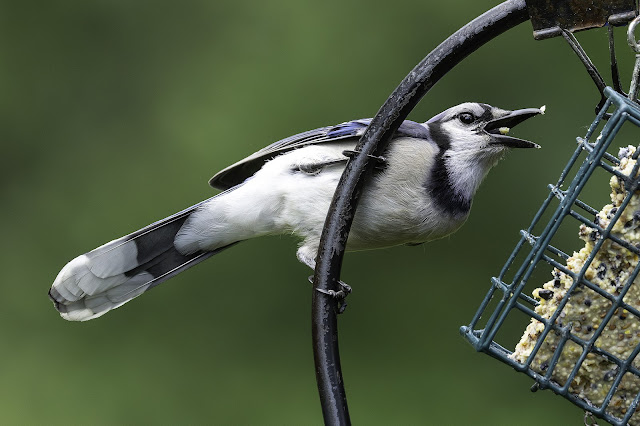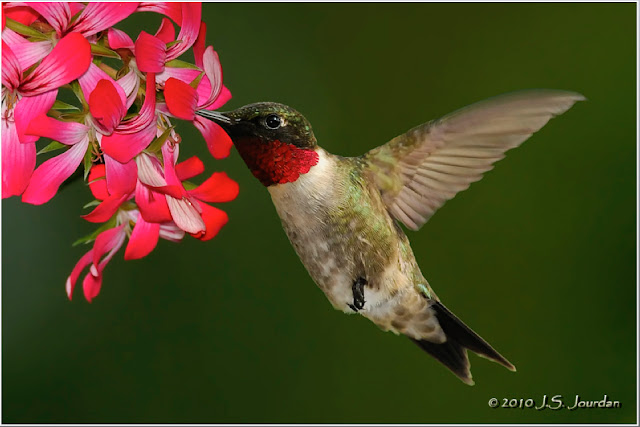Wilson's Phalarope @ Pt. Mouillee - 20 Jul 2004
Pte. Mouillee SGA (permit required Sep 1-Dec 15), Monroe, Michigan, US
Jul 20, 2004 4:00 PM - 6:00 PM
Protocol: Traveling
5.0 mile(s)
Checklist Comments: After a very wet summer and high water levels Cell 2 of the SGA finally has low enough water levels to support shorebird activity. Its sunny and relatively calm but the birds tend to be far out in the middle and far shoreline. Digiscoping is tough since I’m still hand-holding the CP990 to the eyepiece of the Zeiss. However, with lots of swearing I am able to get some nice pics of Short-billed Dowitchers, Stilt Sandpipers, Semipalmated and Least Sandpipers, a Great Egret, Canada Goose, and even a Wilson’s Phalarope. The Semipalms are starting to molt into fall plumage and the SB Dowitchers are beginning to show some gray. The Wilson’s Phalarope is purely frustrating as I cannot get enough light to stop its feeding motion – the bird will hunch low in the water, then pounce on an insect that is next to a small clump of vegetation in the water. Its very cute, and reminds me of a kitten wiggling its butt just before pouncing on a toy.
18 species
Canada Goose (Branta canadensis) 12
American Black Duck (Anas rubripes) 3
Green-winged Teal (Anas crecca) 12
Short-billed Dowitcher (Limnodromus griseus) 10 digiscoped
Wilson's Snipe (Gallinago delicata) 1
Wilson's Phalarope (Phalaropus tricolor) 1 juvenile by fresh, brown back feathers and smudgy chest, dark cap. Large-bodied, small-headed.
Spotted Sandpiper (Actitis macularius) 1
Lesser Yellowlegs (Tringa flavipes) 12
Greater Yellowlegs (Tringa melanoleuca) 2
Stilt Sandpiper (Calidris himantopus) 6 digiscoped. Cell 2.
Dunlin (Calidris alpina) 3
Least Sandpiper (Calidris minutilla) 50
Pectoral Sandpiper (Calidris melanotos) 2
Semipalmated Sandpiper (Calidris pusilla) 50
Caspian Tern (Hydroprogne caspia) 1
Great Egret (Ardea alba) 6
Great Blue Heron (Ardea herodias) 1
Bald Eagle (Haliaeetus leucocephalus) 1
View this checklist online at https://ebird.org/checklist/S4
This report was generated automatically by eBird v3 (https://ebird.org/home)

















Comments
Post a Comment
Please leave a comment. I will try to respond ASAP.